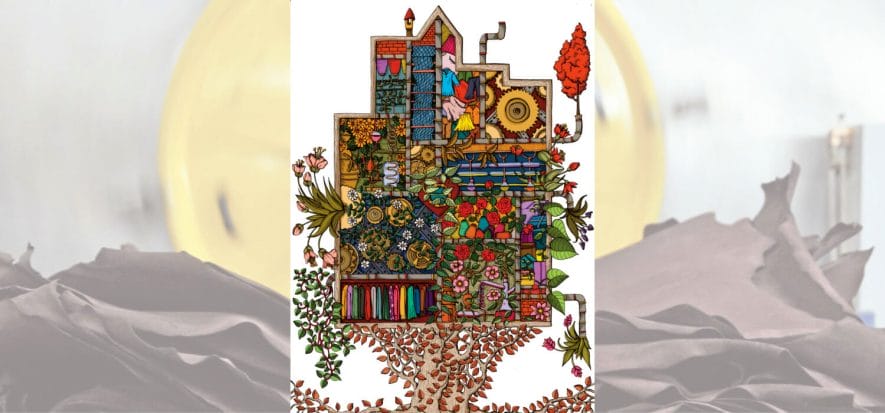A work tool. But, also, a programmatic document, aimed at achieving a series of green objectives valid for the entire Italian fashion supply chain. CNMI (Camera Nazionale della Moda Italiana) together with UNIC – Italian Tanneries (member of Confindustria Moda) and a transversal group of brands and associations presented Good Manufacturing Practices – Guidelines on the use of Chemical Products in the Fashion Production Supply Chains.
A text defined as “holistic, and which allows the various souls of the supply chain to speak a common language” (you can download it by clicking here). In fact, these Guidelines are applicable to the various processes that make use of chemical substances within the production chains (textile, tanning and metallic/non-metallic accessories) of clothing, footwear, leather goods.
The guidelines
“These new Guidelines – CNMI explains in a note – which follow the release of others focused on the use of chemicals in the products and across the manufacturing processes”. They “aim to support fashion companies in the implementation of criteria and auditing procedures enabling to manufacture high-quality products”. Products “meeting the most advanced sustainability requirements”.
An upgrading necessary “to create aa product in full respect of the environment and the community”. In fact, “being aware of the parameters of chemicals and chemical mixtures to be used in the manufacturing process is not enough”. In other words, “it’s also necessary, across the whole supply chain, to follow good manufacturing practices minimising environmental and social risks”.
The comments
The point of view of the document, as president Carlo Capasa explains, is to give more and more centrality and value to the Italian fashion supply chain. Which, as a recent analysis by McKinsey says, is perceived as the most sustainable in the world”. Here, then, that the new Guidelines are “not only a technical document, but also an informative and popular one”. Factors, the latter, also valid for Italian leather, “a very precious asset for made in Italy”, as the moderator of the presentation, Alessandra Turra of WWD says.
“The leadership of the Italian tanning sector – says Alessandro Iliprandi, vice president of UNIC – Italian Tanneries – it is not a self-proclamation. Numbers prove it: for fashion, Italian leather is fundamental. And this leadership is closely linked with sustainability, on which tanneries and UNIC have been working for years, being publishing a very appreciated Report long before these issues became so hot”.
Terminology and circularity
The reference to the terminology of the word “leather” is inevitable and appropriate, to protect which, since October 2020, a law has been in force: “After years of heated battles – comments Iliprandi – and to avoid deceiving the consumer, the Government has decided that the only eco-leather is real leather, and not the materials deriving from petroleum that are defined in this way”.
A fundamental success, concludes UNIC vice president, for a sector that carries out “by definition, an ecological work. We take a waste that comes from the food chain, process it and put it back into circulation transformed into a luxury material.
Ours is full-fledged circularity. If we weren’t there, leather would end up in landfills”. And precisely with a reference to circularity, these Guidelines come to an end, “a topic on which CNMI is opening a new path, with the launch of a dedicated working group”.
Who participated
The new Guidelines have the patronage of the Ministry of Ecological Transition. They were born “from the commitment of CNMI Chemicals Commission, made up of representatives of some of the most prestigious Italian brands: Giorgio Armani, Gucci, Prada, Valentino and Versace”. Their publication “was possible thanks to the collaboration with the Textile and Health Association, Smi – Sistema Moda Italia, Federchimica, UNIC – Italian Tanneries, and Quantis Italy”. But also by virtue of the “contribution of YKK Italia and CIMAC – Centro Italiano Materiali di Applicazione Calzaturiera”.
Read also:











